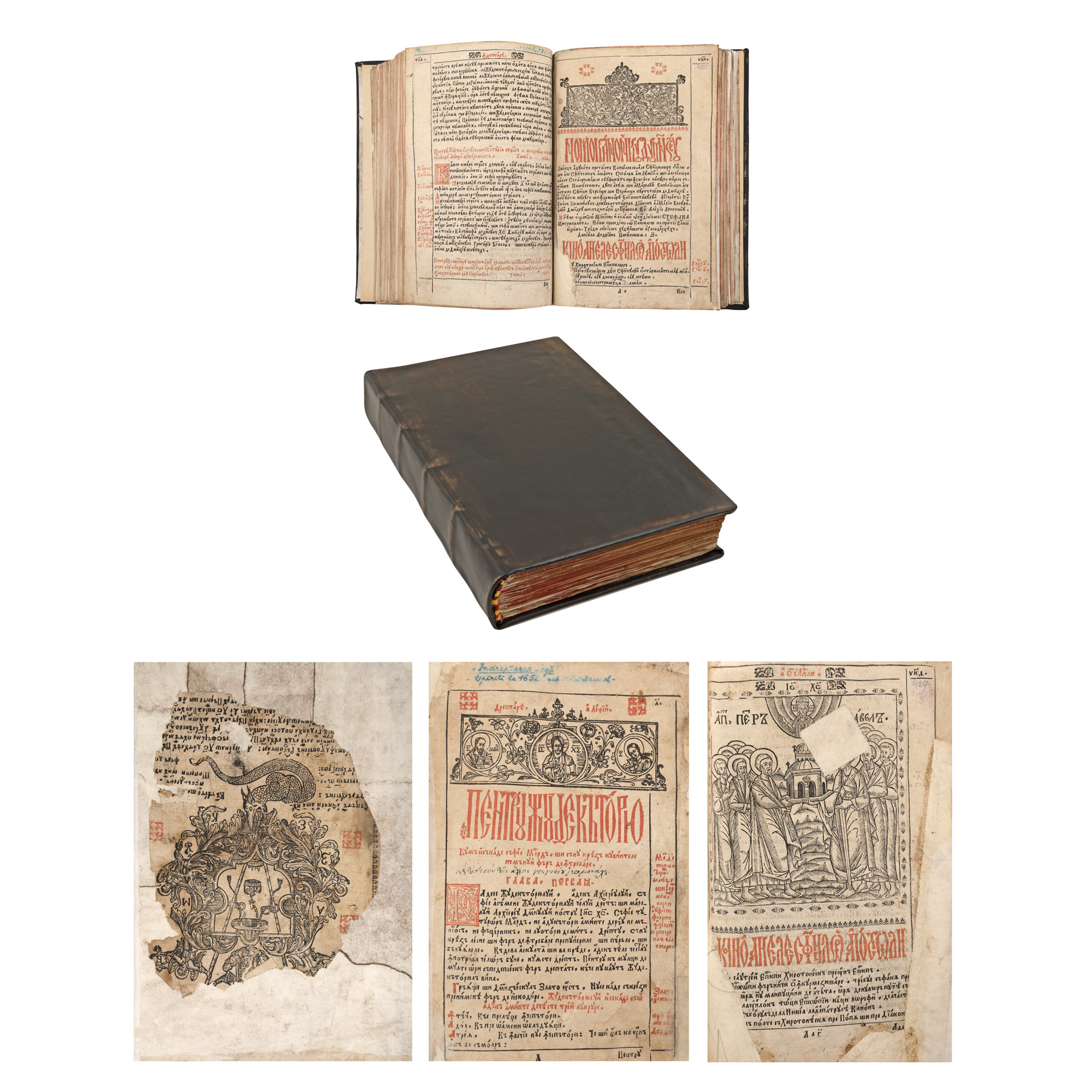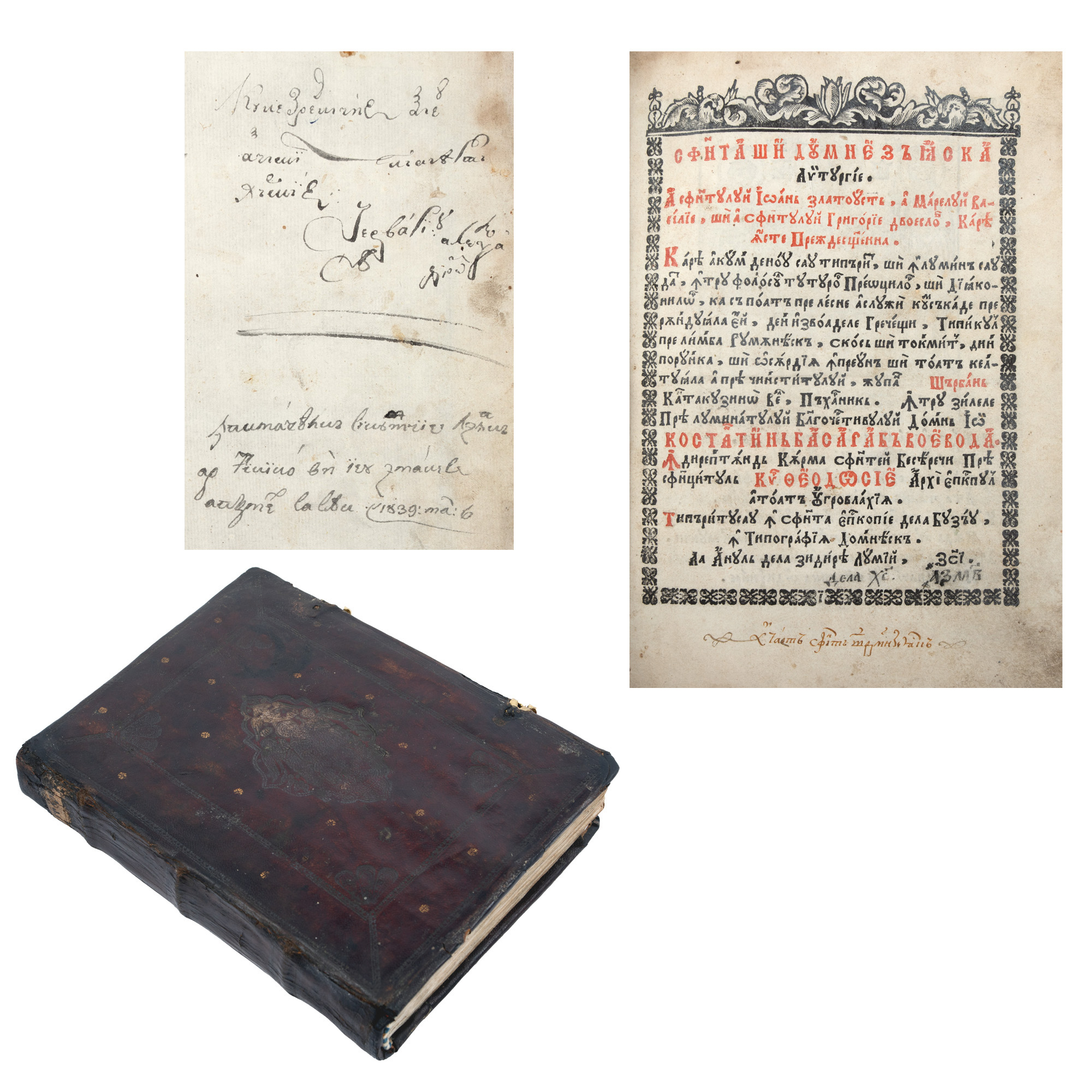
A collection that every philatelist dreams of! It is a series of original layouts made both during the time of the kingdom and during the time of communism, for the purpose of printing postage stamps, through a wonderful drawing by the hand of one of the most valuable graphic artists, illustrators and comics. creators from us, Ari Murnu (1881-1971).
The magnificence of these unique objects, in a perfect state of preservation, is surpassed only by their rarity. They are consistent with the poster layouts created by Murnu “Grandfather’s Exhibition-Fair”also present, which joins the inspired for vintage advertising – e.g “Royal Cigarettes” and banknote models are as follows two models of paper money with a denomination of 1000 lei.
“Postage stamps can show you the history of a country. In the case of Romania in the 1940s, the change of political regime happened rather suddenly. In the 1930s, King Charles II was heavily involved in making decisions about the stamps to be printed, including the featured images, so he most likely asked Ari Murna to issue a certain number of stamps of a certain value. – as seen in model made for a postage stamp with his face. During the period of the monarchy, elements such as workers, peasants are not found on postage stamps, but kings and monarchical elements or anniversaries of certain events appear. Only after August 1944 do workers and soldiers appear, that is, ordinary people also appear. The army is no longer represented only by the senior officers, but elements that have been ideologized are beginning to appear. Murnu is one of the artists who was also used by the communist regime after 1948, so he modeled different performances during that period, for example the Constitution or the Romanian-Bulgarian friendship,” Christian Voicu, curator of philately, told Alexandru. section of the National History Museum of Romania – the history of Ari Murnu models also has a separate clip on the Artmark YouTube channel.

The current auction also includes an important segment of old books, with lots such as “Clarification of the law”, which together with the Bucharest Bible (from 1688) and the Cauldron of Barlaam (from 1643) – copies that were also present at events organized by A10 Artmark, represent one of the most valuable monuments of Romanian humanism, being the most important code of laws from appeared in the Middle Ages in Romanian countries. It contains, as Pre-Slavia says, the Great Regional Rule, “the entire episcopal and imperial court”, intended for both the clergy and the laity, that is, the people and their guides.

The writing was done on the order of Metropolitan Stephen of Volos in the printing house of Prince Matei Basarab. This book is also a monument of graphic art. Due to constant and prolonged use, a small number of copies have survived today, most of them damaged and incomplete. Artmark’s A10 auction of Indretarea Legii, an incomplete but restored copy, has a starting price of €900.
They are great at the same time “Gospel” by Sherban Kantakuzin (Bucharest, 1682) and “Holy and Divine Liturgy” of the time of Konstantin Brankovianu (Buzău, 1702) – both very rare collectibles. Sherban Cantacuzino ordered and paid for the creation of three masterpieces of Romanian printing as a gift to the Romanian people, the first of which is the Gospel of 1682; the apostle (1683) and the Bible (1688). It should be noted that in this edition, the Gospel pericopes begin for the first time in the liturgical order, respectively, on Resurrection Sunday. Thanks to him, the “Holy and Divine Liturgy” from Buzeu also appeared, which is the first translation from Greek.

The February 6 auction will also feature a variety of collectible books with dedications and autographs by authors such as “Hooligans”, Mircea Eliade (princeps edition in two volumes, published in Bucharest in 1935), “Wooden icons”, artist Tudor Arghesi (also an edition of Princeps from the Capital, published in 1930), “Zodia Cancerului”, Mykhailo Sadovyanu (Princeps, Bucharest, 1929), “The Life of Mihai Eminescu”, by George Calinescu (Bucharest, 1932, with dedication and holographic signature of the writer), “Reclining Santa”artist Ioan Alexandru Bratescu-Voynesti (with illustrations, Bucharest, 1922) or “Prăvale-Baba”, Ionel Teodoreanu (Bucharest, 1939, with dedication and holographic signature of the novelist).
Some important manuscripts are also waiting to meet the public, such as two exceptional collections: the letters sent by Constantin Brancusi to his niece Ileana Brancusi (Paris, 1937-1938), accompanied by one of the original envelopes.

“These letters reflect Brancusi’s concern for his niece; it is also a financial concern because he also sends her money, through two money orders. But he also offers her wisdom. She was looking for a job, she didn’t want to be a clerk, but she was turned down for the position of chemist. And in this context, he tells her: “If there is no position as a chemist and you don’t want to be a clerk, go back to the Central School and work there until you get a position.” This is the advice: “And when you go somewhere to ask for a fast, don’t go there with complaints about injustice.” That is, don’t look frustrated whining about the injustice you think you have. Another letter also has an addition made by Iryna Codryanu, who was very close to Brancusi, she also worked as a sculptor in his workshop,” said Horia-Roman Patapievich, writer, private researcher at “History of Ideas” and president of Artmark. us – for a detailed account of these letters, as well as another special auction lot on February 6, see YouTube channel of the house.
The event also includes some personal documents of Hala Galaktion’s father – for example, a marriage certificatea military book and a diploma in theology, as well as doctoral dissertation of the late actor Mircea Albulescu.
All this and much more can be found in the exhibitions at Palatul Cesianu-Racoviță in the capital, the only gallery-museum whose doors are wide open and where visitors have free entry every day, from Monday to Sunday, from 10.00 a.m. to 8.00 p.m. .
Article supported by A10 by Artmark
Source: Hot News
Lori Barajas is an accomplished journalist, known for her insightful and thought-provoking writing on economy. She currently works as a writer at 247 news reel. With a passion for understanding the economy, Lori’s writing delves deep into the financial issues that matter most, providing readers with a unique perspective on current events.